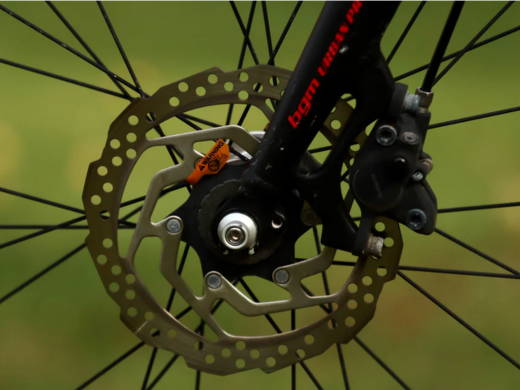
When it comes to electric bikes, braking systems ensure the safety of the rider and help the rider have better control of the bike. Disc brakes used on e-bikes are designed to meet the requirements of these high-performance electric vehicles.
What Are Disc Brakes?
Disc brakes consist of several key components that work together to provide reliable stopping power. These include the brake rotor, caliper, brake pads, and the braking mechanism itself.
The basic components of disc brakes include the rotor, which is attached to the wheel hub, and the caliper, which houses the brake pads. When the rider engages the brake lever, hydraulic fluid (in hydraulic systems) or cables (in mechanical systems) transmit force from the lever to the caliper. This action causes the brake pads to clamp onto the rotor, generating friction and slowing down the wheel.

